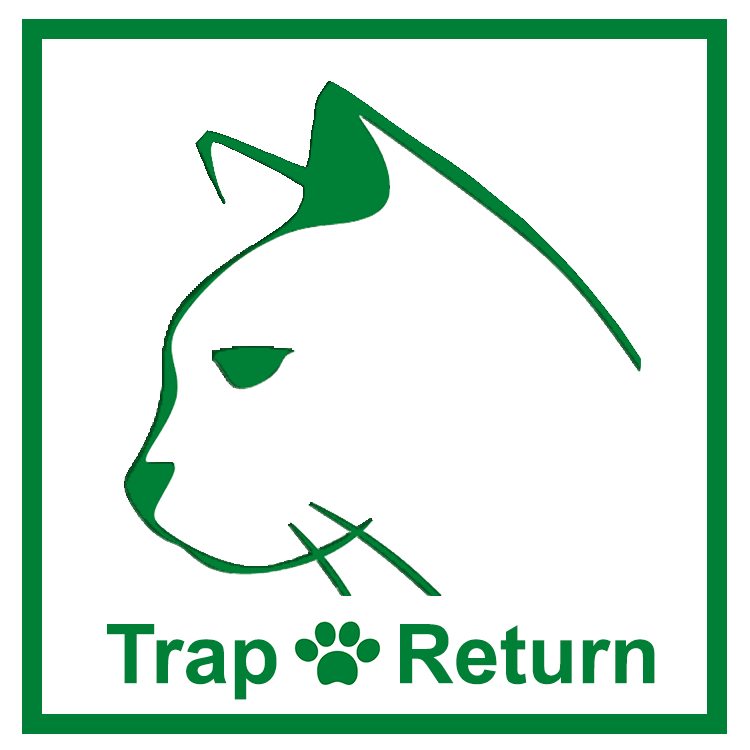How To Make An Outdoor Cat Shelter
How To Make An Outdoor Cat Shelter Making a DIY outdoor cat shelter or outdoor cat house can be cheap and easy. It can also be a lifesaver for feral and stray cats, especially during the winter months. A DIY cat house gives your furry friend protection from the elements and a safe space they […]
How To Make An Outdoor Cat Shelter Read More »



